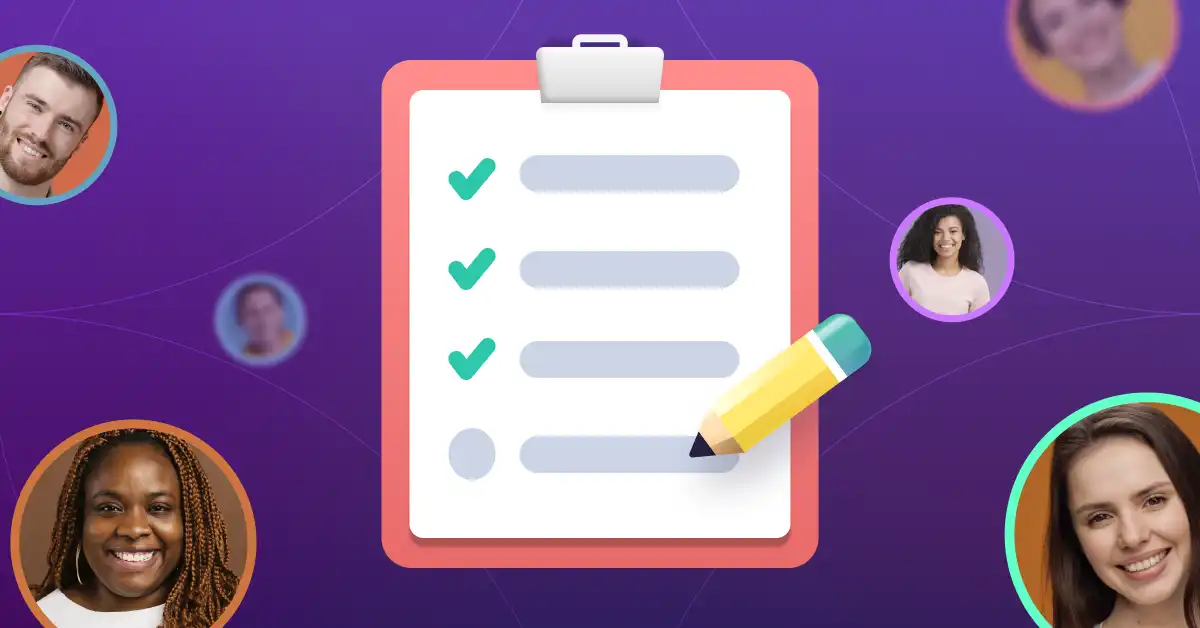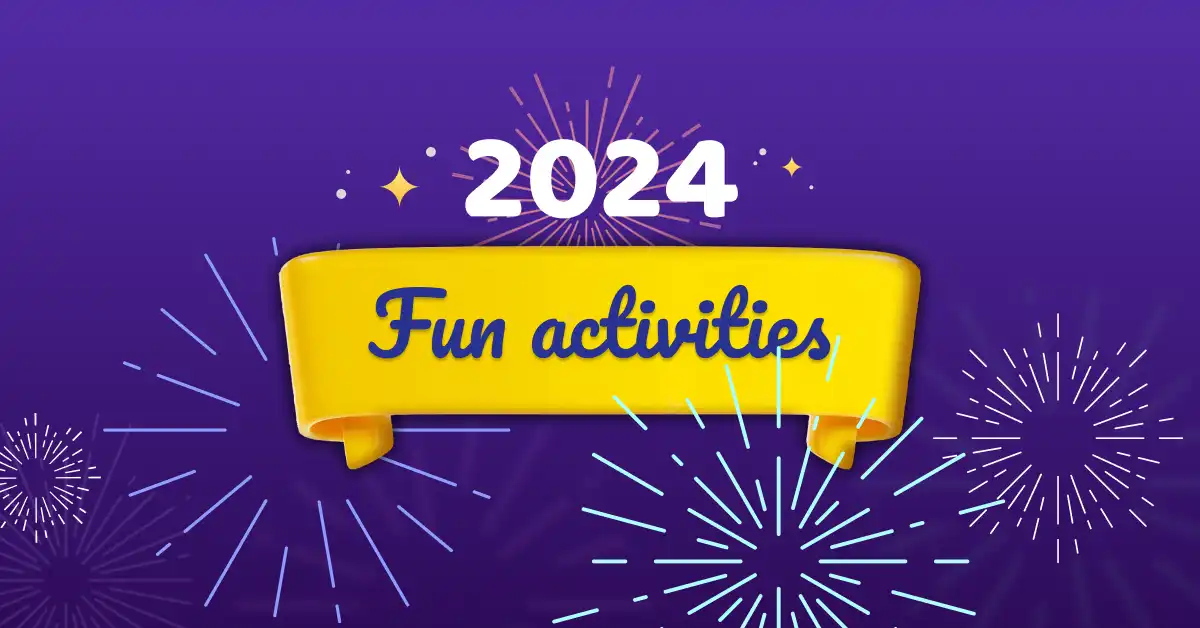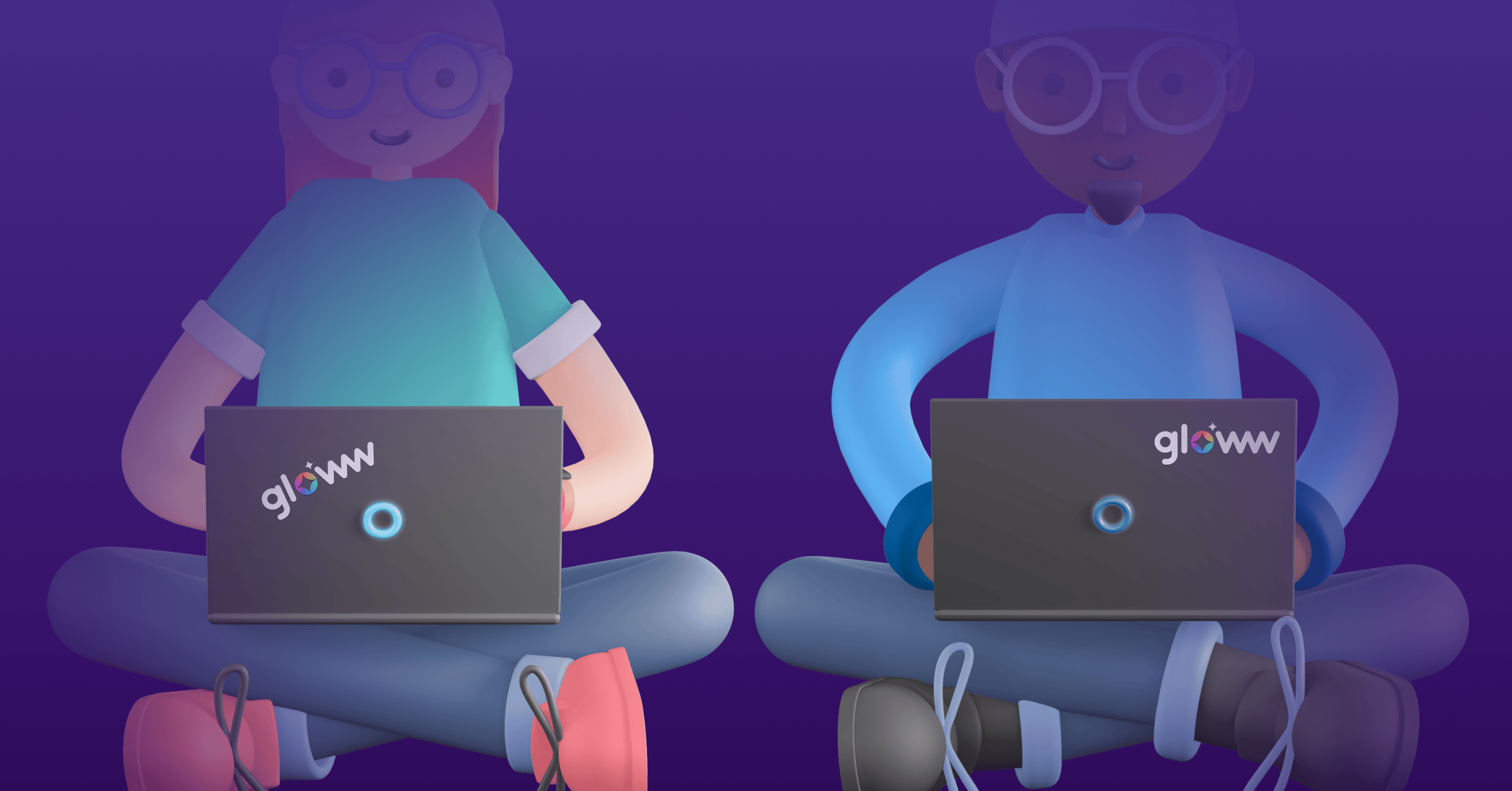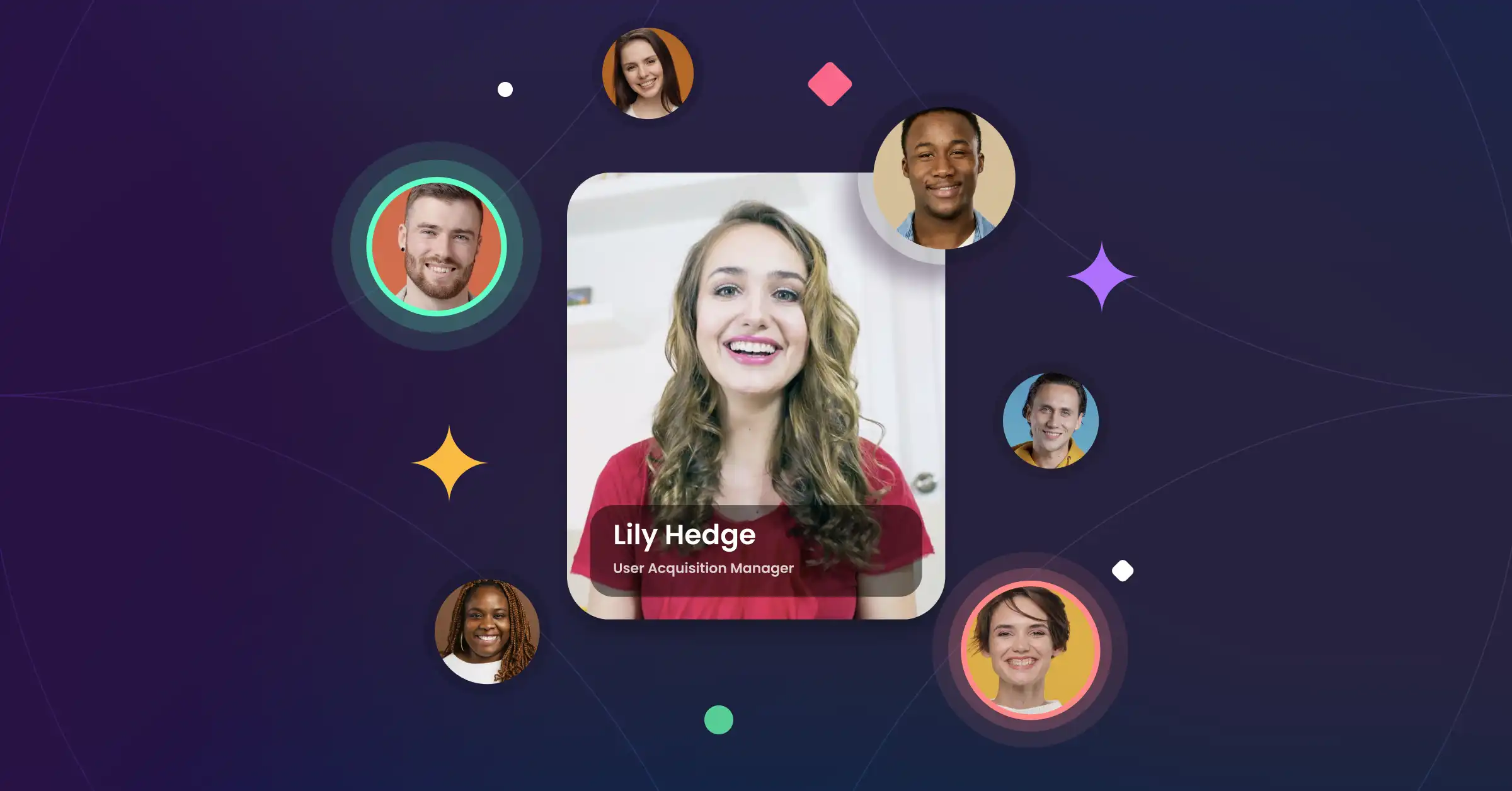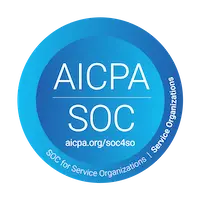Remote working brings many advantages. For employees, it can deliver a healthier work-life balance, which in turn results in increased productivity that benefits employers. However, remote working isn’t without its pitfalls. Compromised communication, a lack of face-to-face support, and lackluster professional development are just some of the issues remote workers face. Thankfully, a robust remote employee onboarding process is all that’s needed to overcome these challenges.
The Importance of Remote Onboarding
Employee retention is a problem for every company. However, it’s a particular concern when it comes to new hires. A significant number of fresh recruits leave their post within the first year of starting a job. What drives this dropoff? A second-rate onboarding program is often the culprit.
If you’re serious about improving retention and boosting productivity, a robust virtual onboarding process is essential. Successful remote onboarding provides new hires with the tools and insights they need to do their job effectively. What’s more, it introduces them to your company culture and lays down clear expectations. For remote-first employers, getting the employee onboarding process right is vital.

Remote Onboarding Is Here to Stay
Even if your company has been resistant to remote work, you’re probably dealing with a dispersed team. COVID-19 forced many businesses to embrace the remote working model. Even as restrictions lifted, remote and hybrid working has remained the norm for a significant number of companies.
However, being agreeable to a dispersed team and remote workers is no guarantee of success. Unless your onboarding experience has been tailored toward remote workers, you’re never going to reap the benefits of this way of working.
6 Ways to Streamline the Remote Onboarding Process
If you’ve woken up to the benefits of remote working, your onboarding plan probably needs a rethink. The good news is that fine-tuning onboarding for remote and hybrid workers isn’t all that difficult. Below, we break down six easy ways to make the process go off without a hitch.
1. Make Sure Remote Employees Have the Resources They Need
Your remote team members can only deliver if they have the right setup available. Do your new hires need to work from a company-issued computer or require other hardware to do their job? Make sure these are delivered to them well in advance. Along with the tech itself, you’ll need to give clear instructions on how to use any software they’ll be using on a daily basis. Sometimes, documents alone aren’t sufficient, so you’ll need to consider organizing virtual training sessions.
You’ll also need to ensure access permissions have been granted. Not being able to use essential communication tools like company email on their first day is going to frustrate new hires.
2. Nurture a Culture of Support and Connection
Remote workers can often feel isolated. For new hires, this can be even more pronounced. When onboarding remote employees, take the time to introduce new hires to the people they’ll be working with. Just because teams are working in a virtual space, doesn’t mean they can’t interact. Ensure new hires are participating in weekly or all-hands meetings as early as possible.
If you’re welcoming several new starters to the organization at the same time, consider scheduling a team-building session or adding a virtual lunch to the schedule. The sooner they make introductions and put names to faces, the more likely they are to reach out and ask for help when they need it.
3. Assign New Hires a Mentor
Mentorship programs can be invaluable to new additions to your workforce. As well as keeping new recruits on track, mentors can share knowledge and skills, adding professional development value to the remote onboarding experience.
Sometimes, managers take on mentorship roles themselves. However, if you’re already dealing with many direct reports, you don’t want to spread yourself too thinly. When appointing mentors, ensure you’re selecting people with the right expertise and insights to help new hires navigate through their first few weeks.
4. Introduce Your Company Culture
It’s important for new starters to learn about company culture and what’s expected from them. This can seem difficult in a virtual space, but it doesn’t have to be. You probably already have a wealth of information that can be used for this. You can use existing training videos, marketing collateral, and other resources to get your message across.
Sometimes, company culture is more implicit. This requires more in-depth discussion. Make time for one-on-one meetings with new recruits so you can get into the nitty gritty of company culture, providing plenty of examples and leaving time for questions. The less a new employee has to rely on guesswork, the better.
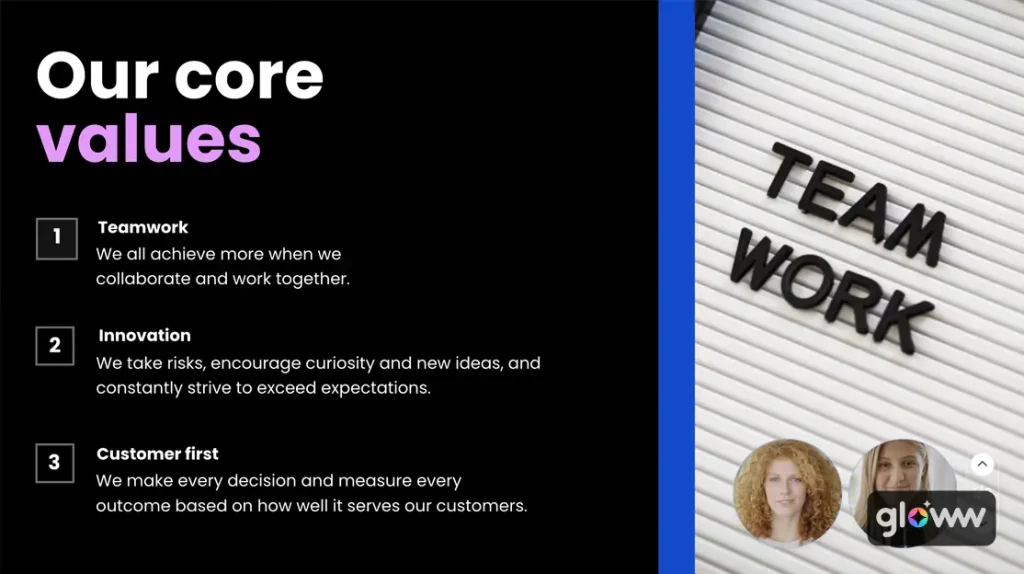
5. Establish Expectations
Providing a detailed remit to a new employee is all well and good, but you need to go further. Tie in job roles and responsibilities with the bigger picture. What will a new hire’s typical working day look like in three months? Where do they fit within the larger corporate structure? Roles and responsibilities will of course change over time, but setting clear expectations early will ensure employees feel more connected and accountable.
6. Encourage Collaboration
The onboarding process should be a rich and educational employee experience. Pair new starters with more experienced team members during this phase. It brings value to both sides, but is particularly useful for fresh faces as they begin to network with other departments. This will benefit interdepartmental communication down the line.
How Much Time Should You Commit To Onboarding?
Some businesses think onboarding can be done and dusted within a week. However, the larger process should run for several months. Rather than cram too much into a tight timeframe, a less intensive onboarding process will yield better results in the long run.
However long you’re allocating for onboarding activities, the process should be broadly divided into four phases. First, there’s the standard orientation stage. Next, you’ll need to focus on training new hires. Once that’s done, they can be transitioned into the role they’ve been recruited for. Ongoing professional development is the final phase and can continue indefinitely.
Give New Employees the Gloww Onboarding Experience
Does your remote onboarding experience need a rethink? With Gloww, you’ve plenty of useful tools and Gloww interactive features at your disposal to streamline the process.
Intro Game
If you want your new hires to integrate seamlessly into a wider organization, think about breaking the ice with a game. With Gloww, you can easily incorporate icebreaker games into those onboarding sessions.
Company Trivia
If a new employee has done their homework, they should have a clear idea about your company history and values before applying for a position. Don’t be afraid to test a new hire’s knowledge. With Gloww, you can launch trivia games to see how much they’ve been paying attention. Alternatively, set them questions they have no way of knowing the answer to. You’ll be playing for fun, while they’ll learn more about the history of your company and the people that make it work.
Meet Your Team
Make sure new hires know who they’ll be dealing with on a daily basis. A corporate structure graphic is an easy way to let everyone know who to approach with what. What’s more, you can include them into the hierarchy so they have a clear idea of where they fit.
Core Values
It’s important to capture core values early. With Gloww, you keep things simple by adding succinct slides that underline the values that are most important to your company.
Employee Onboarding Checklist
With Gloww, you can take all the guesswork out of the onboarding process. Add an onboarding checklist so new starters know what they need to do and by when. Add reminders to attend online welcome meetings, complete employee requirements, and set up any job-specific software and tools.

Overhaul Remote Onboarding with Gloww
Remote onboarding is a must if your teams are working virtually. As well as introducing new starters to your company values and what’s expected of them, the onboarding process can help with staff retention. Unless you’ve invested in an onboarding program that introduces new hires to the tools and resources they need to do their job, there’s a good chance they’re not going to last a year.
Virtual onboarding is different from the standard process, but it’s not a world apart. You can streamline the process by ensuring new hires have all the resources they need. What’s more, it makes sense to nurture a culture of connectivity and encourage collaboration.
With Gloww, making the switch to remote onboarding is easier than ever. You can spice things up with interactive elements and games, tailor ready-made templates to capture your corporate history and core values, and summarize the onboarding checklist so new employees know what they have to and by when.
You can start using Gloww for remote employee onboarding today. Looking to learn more about Gloww’s advanced features? Take a look at our pricing plans. Do you still have questions about the platform? Drop us a question using the online contact form.




